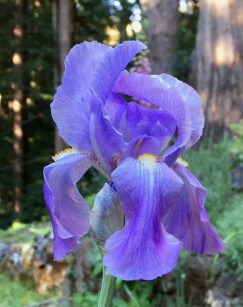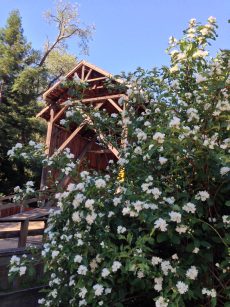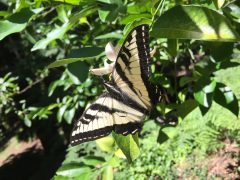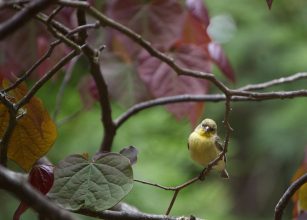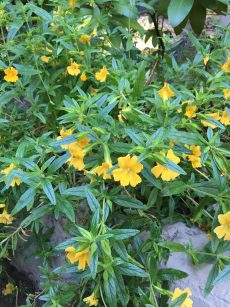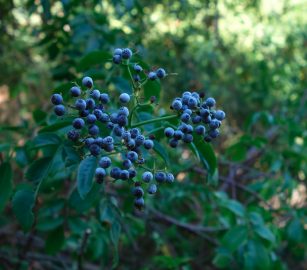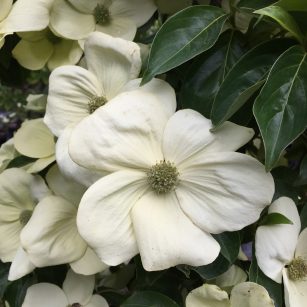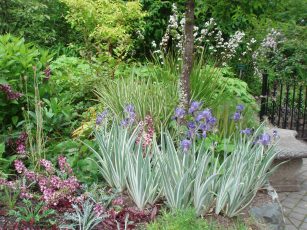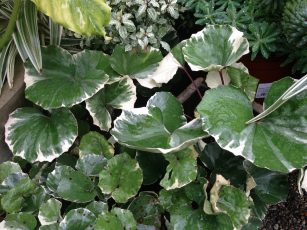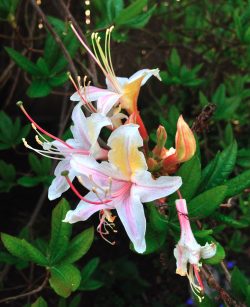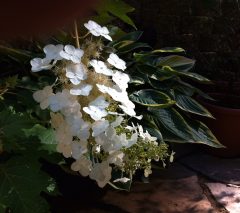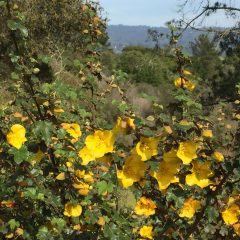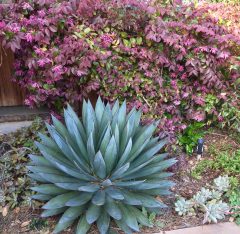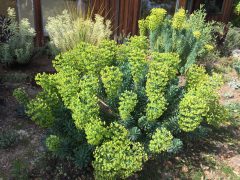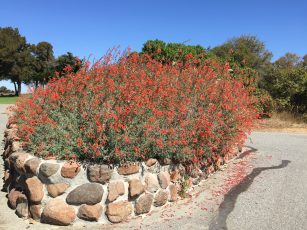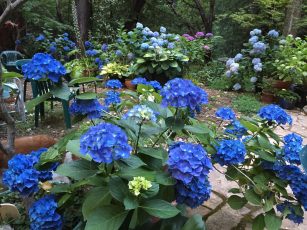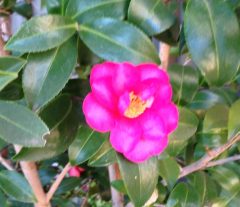What happens to a plant when the thermometer tops 100 degrees like it did a couple weeks ago? Planning for more hot weather this summer is a requirement for a successful garden. Are there some plants that can survive tough times more easily?

Photosynthesis is one of the most remarkable biochemical processes on earth and allows plants to use sunlight to make food from water and carbon dioxide. But at temperatures about 104 degrees the enzymes that carry out photosynthesis lose their shape and functionality. A garden that provides optimum light and water but gets too hot will be less vigorous. Tomatoes, for example, will drop blossoms and not set fruit if temperatures are over 90 degrees. Plants that endure hight heat can be stunted, weakened and attract pests and diseases even if water is available.
Plants do have natural systems that respond to heat problems. Some plants are better at this than others. Plants can cool themselves by pumping water out through the leaves for a kind of swamp cooler effect. They can also make ?heat-shock? proteins which reduces problems from over heating. All these strategies do take resources away from a plants other needs like growth, flowering and fruiting.
It?s no surprise that many California natives are adapted to high temperatures. In my own garden I grow several plants that are doing quite well without irrigation and handled the heat wave just fine. One is Bees Bliss Sage, a low groundcover that can reach 6-8 ft wide draping over rocks and walls. It has an extended bloom time from mid-spring to early fall with whorls of lavender-blue flower spikes. Bees, butterflies and hummingbirds all find it attractive.
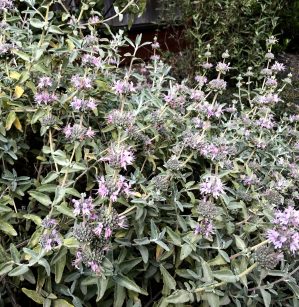
Another plant that can handle high temps is salvia clevelandii. Right now it has just started its blooming cycle of electric blue-purple flowers. They will last through the summer. This salvia survives without any supplemental irrigation but if I give it an occasional deep watering and wash off the foliage every so often its much happier.
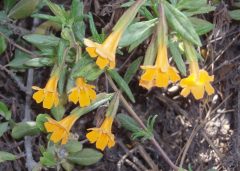
Who doesn?t like color in their garden? Mimulus or Sticky Monkey Flower blooms are showy and the hummingbirds love them. The Jelly Bean series has added bright pink colors in addition to white, orange, red and yellow but the traditional aurantiacus types are the most tolerant of drought.
As summer comes along the California fuchsia will provide the color in the garden. I like it that they spread by underground rhizomes and self sow. Free plants are always welcome. I have them planted on a slight slope where they tumble over a rock wall. My bees and hummingbirds find this plant irresistible.
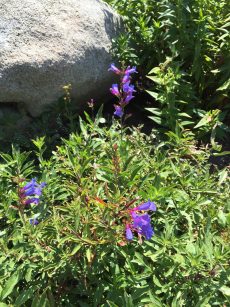
Other California native plants that can handle the heat with little water include eriogonum, manzanita, artemisia, California milkweed, ceanothus, mountain mahogany, bush poppy, bush lupine, native penstemon, monardella, mahonia nevinii , fremontodendron and holly-leafed cherry.
Other well adapted plants that are known to be more tolerant of heat include butterfly bush, germander, rosemary, smoke tree, rudbeckia, coreopsis, lantana, plumbago, gaillardia, lilac, sedums, oregano and verbena.
These plants can be the rock stars of your garden. Some natives can survive with no water after 2 years many look more attractive with a few deep waterings per summer. And don?t forget the organic soil amendments and wood chip mulch to encourage the soil microbes and keep the soil cool.


